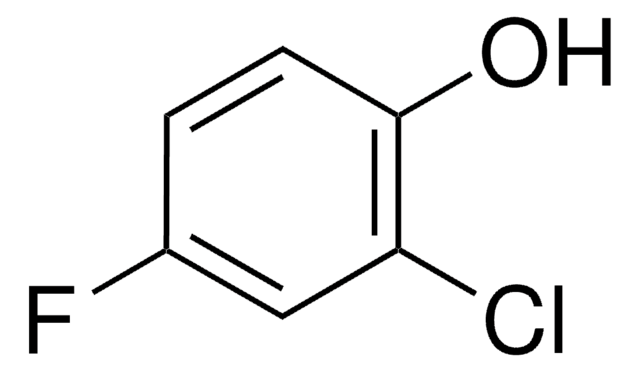202606
Aluminum oxide
99.997% trace metals basis
Synonym(s):
Alumina
About This Item
Recommended Products
Assay
99.997% trace metals basis
form
powder
mp
2040 °C (lit.)
application(s)
battery manufacturing
SMILES string
O=[Al]O[Al]=O
InChI
1S/2Al.3O
InChI key
TWNQGVIAIRXVLR-UHFFFAOYSA-N
Looking for similar products? Visit Product Comparison Guide
Related Categories
Storage Class Code
13 - Non Combustible Solids
WGK
nwg
Flash Point(F)
Not applicable
Flash Point(C)
Not applicable
Personal Protective Equipment
Certificates of Analysis (COA)
Search for Certificates of Analysis (COA) by entering the products Lot/Batch Number. Lot and Batch Numbers can be found on a product’s label following the words ‘Lot’ or ‘Batch’.
Already Own This Product?
Find documentation for the products that you have recently purchased in the Document Library.
Customers Also Viewed
Articles
In recent years silicon carbide, SiC, has re-emerged as a vital technological material that is crucial in many materials and engineering applications.
In recent years silicon carbide, SiC, has re-emerged as a vital technological material that is crucial in many materials and engineering applications.
In recent years silicon carbide, SiC, has re-emerged as a vital technological material that is crucial in many materials and engineering applications.
In recent years silicon carbide, SiC, has re-emerged as a vital technological material that is crucial in many materials and engineering applications.
Our team of scientists has experience in all areas of research including Life Science, Material Science, Chemical Synthesis, Chromatography, Analytical and many others.
Contact Technical Service



